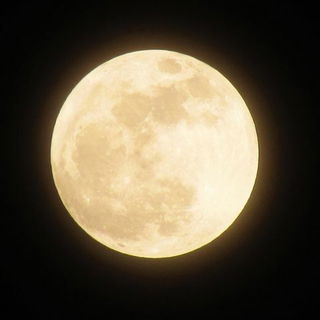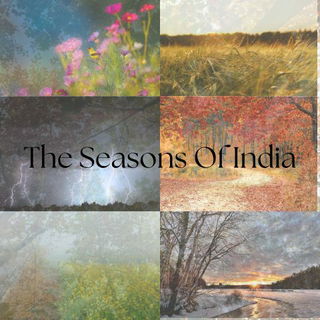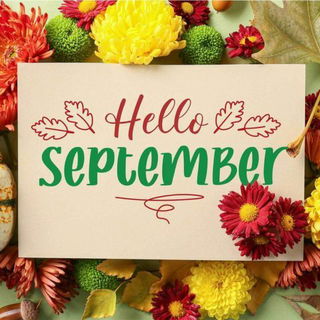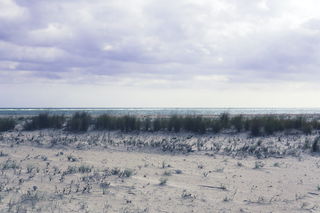- Calendar
- Calendar 2025
- May
- National Wine Day
National Wine Day
Every year on May 25th, wine lovers celebrate National Wine Day .
A tiring night is incomplete without a cozy, warm bath and a good old glass of red wine. If you are looking for an excuse to enjoy one or two more glasses of your favorite wine while romanticizing your life, National Wine Day is the perfect excuse for you.
National Wine Day is a celebration of appreciation for the science and art of oneology.
This day should not be confused with National Drink Wine Day, which happens on February 18.
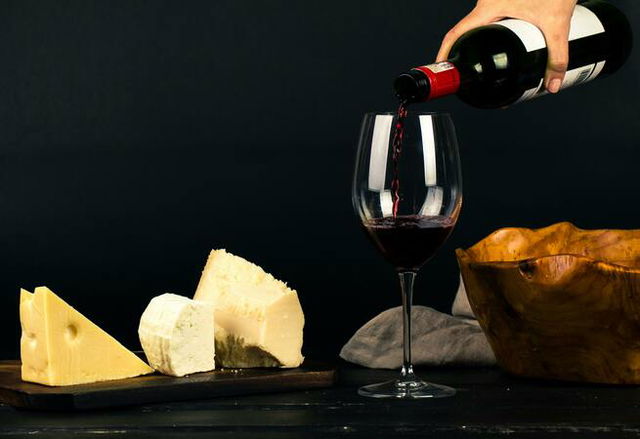
Oenology
The science and art of wine and wine-making is known as oenology, and the people who practice oenology professionally are known as oenologists.
Oenology is derived from the Greek Words oinos which translates to wine and logia which translates to “study of”.
It includes everything from the technique and expertise that goes into preparing the best wine.
Many universities and institutions offer oenology degrees, including Bachelor of Science (BS, B.Sc., Sc. B) programs and terminal master's degrees. These master's programs can be scientific or research-focused, like the Master of Science (MS, Sc. M.), or specialized, such as the Master of Professional Studies degree.
In the world of oenology, professionals can become sommeliers or master of wine, earning certifications in the restaurant and hospitality sectors. Oenologists often work as winemakers, wine chemists in laboratories, or with organizations like the Australian Wine Research Institute.
NB: Oenology and Enology are both acceptable spellings in the English Language
History of Wine and Wine Making
The origins of the observance are not certain, although the first mentions of the day can be traced back to 2009.
Wine, however, has a long and rich history behind it and the oldest evidence of wine production dates back to Georgia around 6000 BC, Iran around 5000 BC, Greece around 4500 BC, Armenia around 4100 BC, and Sicily around 4000 BC. In China, evidence of a fermented alcoholic beverage made using rice, honey, and fruit were found in 7000 BC.
Wine has been connected to religious practices throughout history, as the Greeks and Romans in the ancient age worshiped gods like Dionysus and Bacchus associated with wine. Also, sweet wine was used ritually in Jewish traditions since ancient times and wine became an important part during the Last Supper of Jesus in Christianity.
Despite Islam's prohibition on wine, during the Golden Age, alchemists like Geber used distillation to create wine-based medicines and perfumes.
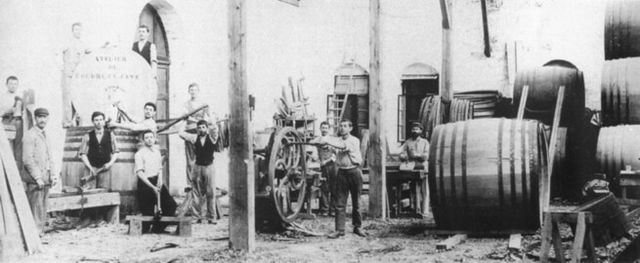
Wine became popular in Europe in the 15th century. Even though some vineyards got sick with a disease called phylloxera in 1887, modern science and technology helped make wine again.
Scientists are still trying to figure out how people started making wine at first, and there are different theories about it. One theory suggests that in the ancient age, humans like the sweet berries found in trees and when those berries were fermented after a few days, a low-alcoholic wine was formed at the bottom of the containers.
When around 10,000 to 8000 BC, people finally started settling down in one place instead of moving around, they started farming and domesticating plants including grapes.
In places like the Caucasus region, the Middle East and parts of Iran and Turkey, wild grapes grew naturally.
Pottery came into the scene around 11,000 BC and with that fermenting these wild grapes to make wine became easier.
When Christopher Columbus started sailing to America, he brought grape cultivation and wine-making techniques from Europe to the New World.
Growing grapes were introduced by Spanish missionaries to places like Argentina, Chile, Baja California in the 16th and 18th centuries.
Many Europeans immigrated to South America and California in the 19th and early 20th centuries and established modern wine industries there. Today, South America and California are known for their prime wine-growing regions.
There are many legends that surround the discovery of wine. In the Bible, Noah is said to have made wine after the Great Flood. In Greek mythology, Dionysus is credited with teaching viticulture to people in central Anatolia.
In Persian folklore, King Jamshid's harem lady discovered wine in a jar labeled as “poison”. It apparently lifted her spirit and led to the king's decision to make wine from all grapes found in Persepolis.
Different Types of Wine
Although, there are over 10,000 varieties of wine available, here is a list of the most popular type of wines:
- Red Wine: Made from dark grapes like Merlot, Cabernet Sauvignon, Pinot Noir.
- White Wine: Made from green or yellow grapes like Chardonnay, Sauvignon Blanc.
- Rosé Wine: Pink wine made from red grapes but with limited skin contact.
- Sparkling Wine: Bubbly wines like Champagne, Prosecco, with carbonation.
- Dessert Wine: Sweet wines for dessert, like Port, Sauternes.
- Fortified Wine: Wines with added spirits like Port, Sherry.
- Natural Wine: Minimal intervention, expresses grape and terroir.
- Organic and Biodynamic Wine: Made using eco-friendly farming methods.
How it is observed
If the day falls on the weekend, or you have the day off, a good way to celebrate this holiday is to pay a visit to one of the many wineries in the United States. The best wineries are the ones in Napa Valley or Sonoma.
If you have an interest in wine, you can take up workshops or diploma courses and learn more about the whole process.
Also, if there is a particular brand of wine that you have been meaning to try, then you can finally go ahead and buy it on this day.
Some Facts About Wine
- There are many health benefits to red wine because of its antioxidants.
- Wine glasses should always be held by the stem. If you hold it by the cup, the wine temperature will rise.
- Wine should always be stored laying down, so the cork doesn't dry out and fall into the wine.
- When eating, red wine is usually paired with red meat and white wine with chicken and fish.
- The “swirl” that some people do while drinking wine is meant to release its aromas.
- Wine has no fat and no cholesterol, so you can indulge in a glass or two guilt-free!
- There are over 10,000 varieties of wine grapes worldwide, each contributing unique flavors, aromas, and characteristics to the final wine.
- The concept of terroir highlights the impact of a vineyard's environment, such as soil, climate, and topography, on the characteristics of wine produced.
- Certain wines, particularly high-quality reds and some whites, can improve with age due to complex chemical reactions that occur in the bottle over time, resulting in enhanced flavors and aromas.
- Various countries utilize wine classification systems like France's AOC (Appellation d'Origine Contrôlée) and Italy's DOCG (Denominazione di Origine Controllata e Garantita) to regulate wine production and quality.
- Enotourism, or wine tourism, is a growing industry where people visit vineyards, wineries, and wine regions to learn about wine production, taste wines, and enjoy local cuisine.
- The oldest winery ever found is in the “Areni-1” cave in Armenia, dating back to around 4100 BC.
Here are some more fun drink days in our calendar:

Other Celebrations
-
Jan 01 Wed
-
Jan 25 Sat
-
Apr 23 Wed
-
Aug 03 Sun
-
Sep 27 Sat
-
Oct 04 Sat

National Wine Day - Next years
Monday, 25 May 2026
Tuesday, 25 May 2027
Thursday, 25 May 2028

